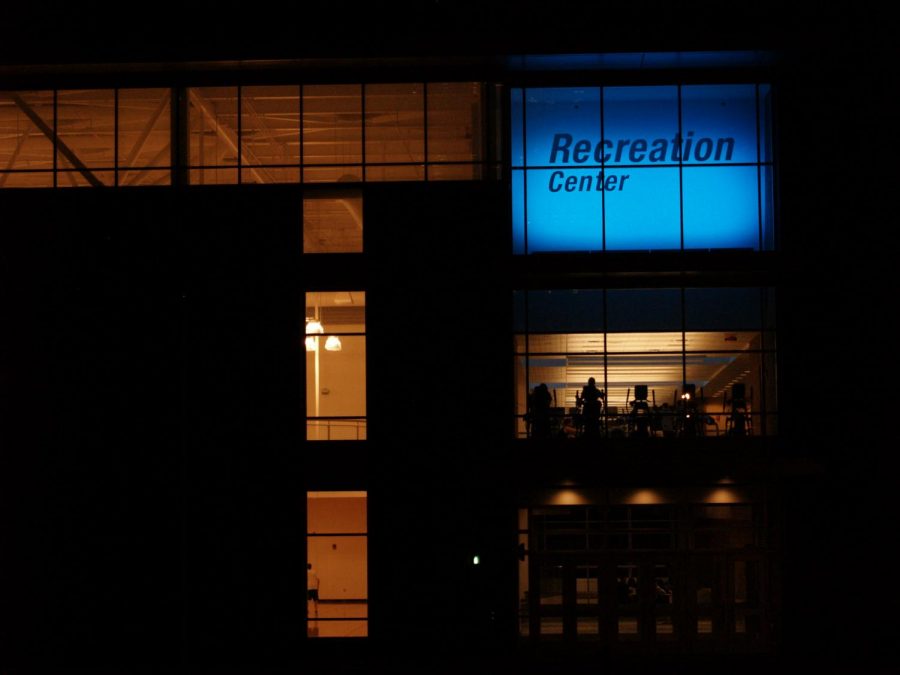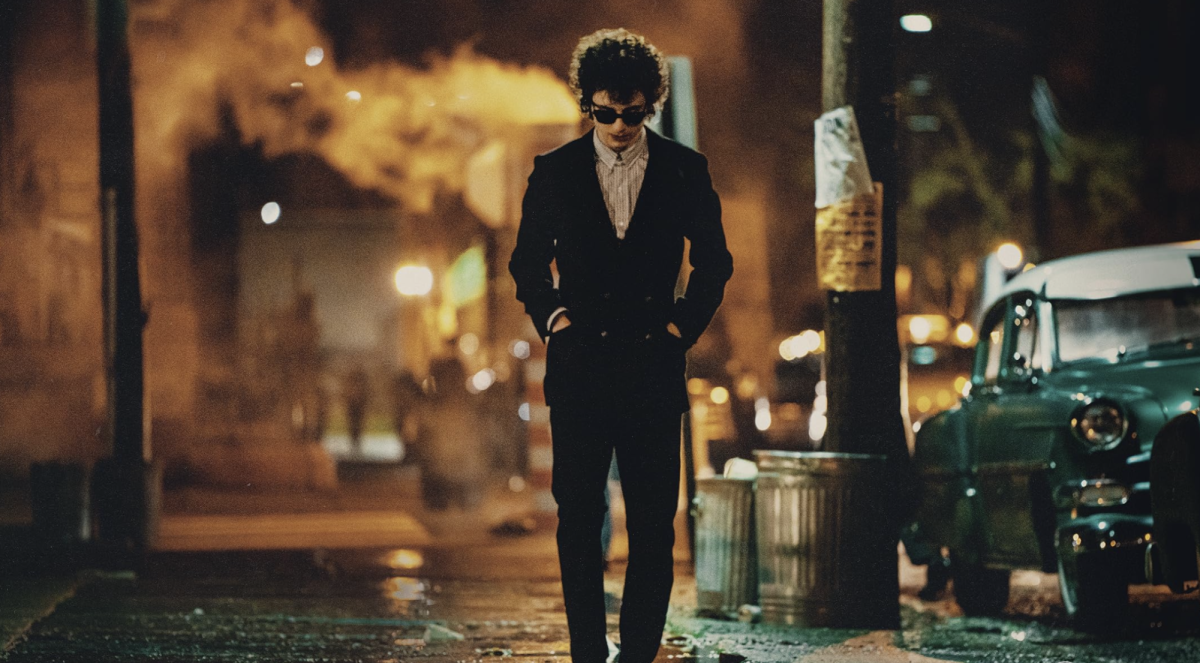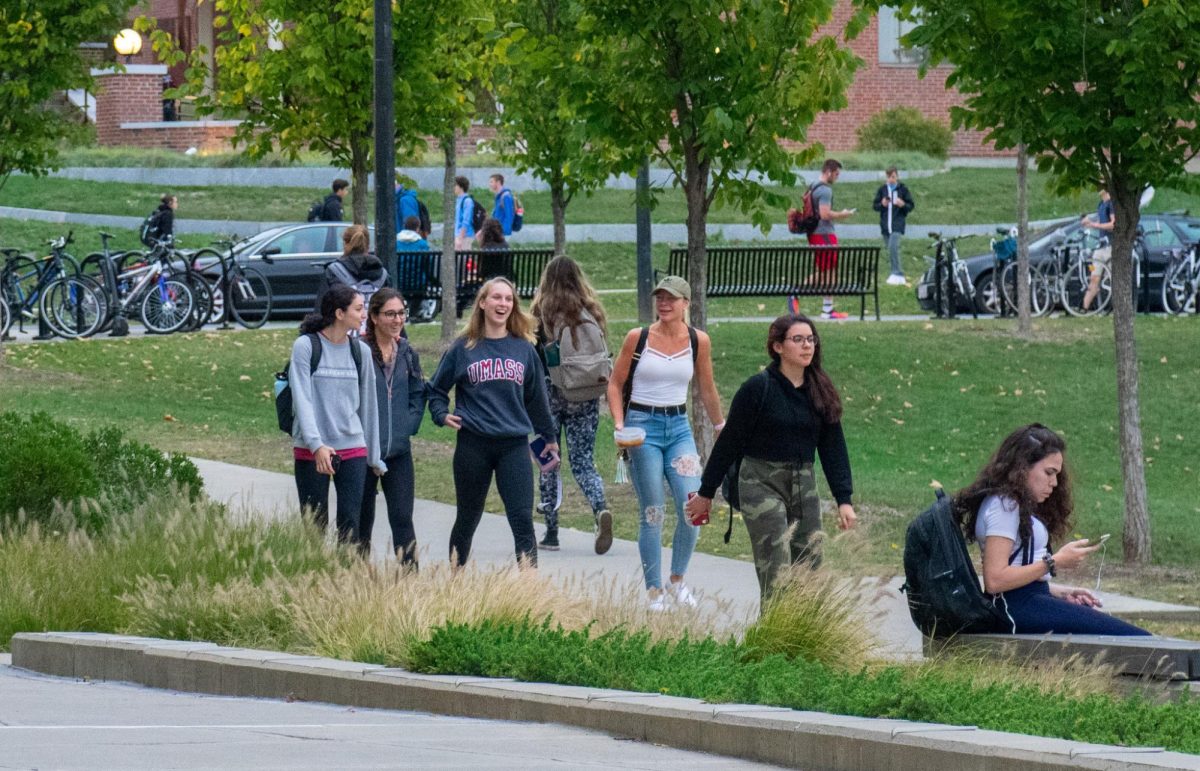Although I’ve been a student at University of Massachusetts for two years, I’ve never fully taken advantage of the many commodities that the Recreation Center has to offer. Sure, I go to the gym and I work out like anyone else does, but I could never get myself to sign up for a fitness class no matter how hard I tried. My friends take them; sometimes they’ll attend spin or kickboxing classes. The one class I was always interested in taking was yoga, but no one would ever take one with me. I shied away from signing up by myself since I had barely any yoga experience besides the little I did in high school gym class.
Last week, I finally decided that attending one yoga class couldn’t be so bad. If I humiliated myself, I never had to go back, and if I ended up loving it, then I just found a new, enjoyable and relaxing workout. I settled on a Vinyasa Yoga class at 8:30 a.m. I’ll admit, getting out of bed that early was more than a struggle, but it ended up being a great way to start my morning. Additionally, the huge plus side to morning classes at the Rec Center is that you don’t have to fight for a registration spot! You can just show up.
Vinyasa, or “flow yoga,” is a form of the practice where poses are strung together so you flow seamlessly from one pose to the next. The order of the poses changes from session to session, so no two Vinyasa classes are ever exactly the same.
The class had a very welcoming environment. The room in which it was held had large windows with a view of the mountains, and the other walls were lined with mirrors, lending the space a soft glow perfect for an early class. When I first arrived it was just the instructor, one other girl and myself, which I initially found intimidating, but the inviting atmosphere paired with some soft acoustic music made things more pleasant.
The class slowly filled up until about a dozen of us were in the room, and we got started right on time. One thing I really enjoyed about this class in particular was the poses at the beginning were quite simple, but over time became gradually more challenging. You’re not going to attempt the hardest pose right off the bat, but the slow, incremental climb made the class feel very approachable. The instructor also offered variations of poses in case you felt like you needed a break or desired more of a challenge.
The process of adjusting back to living away from home is tough for me at the beginning of each school year. I can develop feelings of general anxiety about rooming, classes,and maintaining the right balance of work and play. I’ve always found that exercising can help me work out those anxious feelings. However, I find that traditional exercise, like weight lifting and cardio, allow my mind to wander back to those anxious thoughts. What I loved about taking this yoga class was that while it was still physical exercise, it never felt mindless. As the flow of poses gave me things to focus on and think about, all the anxious thoughts flew out the window. Even if I got a little bored or my mind started to wander, the instructor was good about bringing me back down from that daydream. If it was silent for an extended period of time, she would set us back on track by reminding us of the movements our bodies were making or bring our attention to the burn in our muscles and encourage us to push into the pose as far as we could.
Yoga is more than just good physical exercise, it can help improve the symptoms of conditions like anxiety and depression, helping people manage their stress and even improving pain tolerance. According to research from Harvard Medical School, practicing yoga is a “self-soothing technique.” It can help you regulate your stress by reducing heart rate, lowering blood pressure and slowing breathing. When these systems are elevated, physiological symptoms of stress and anxiety can occur.
Yoga also helps increase heart rate variability, a measurement which indicates the variation in heartbeats within a specific time frame. Improved heart rate variability is a sign that the body can respond more flexibly to stress factors. Evidence also shows a correlation between poorly regulated stress and pain threshold. A study took patients with fibromyalgia and people who actively practiced yoga and tested their pain tolerance to varying levels of thumbtack pressure. These patients were also administered an MRI test to identify the activity in the areas of their brain associated with pain, people with fibromyalgia exhibited low pain tolerances to the thumbtack tests and high activity in the pain sections of the brain. On the other hand, people who regularly practiced yoga had high pain tolerance in response to the thumbtacks and low activity in the pain associated areas of the brain. The evidence from this study shows that regularly engaging in self-soothing activities like yoga can help with stress and pain regulation.
Mental and physical health are essentially one and the same, so managing physical health will help ease the stress on your mind. I’ve always found that traditional exercise helps me cope with anxiety, but this yoga class taught me that certain types of exercise can help me with my anxious thoughts more than others. I left the class feeling at peace with myself, energized and motivated to take on whatever the day might have thrown at me. I’ll definitely be making it a part of my regular routine.
Emma Ryan can be reached at [email protected] and can be followed on Twitter @emma_ryan13.



















